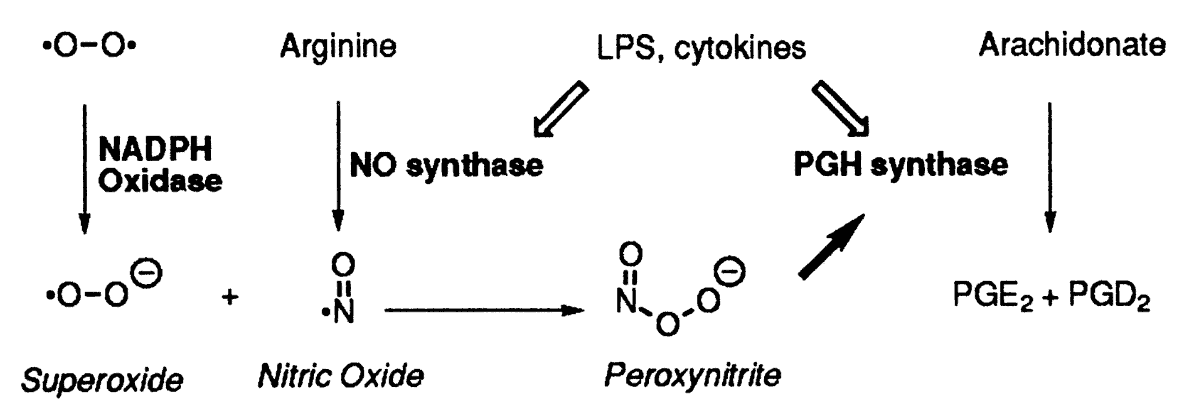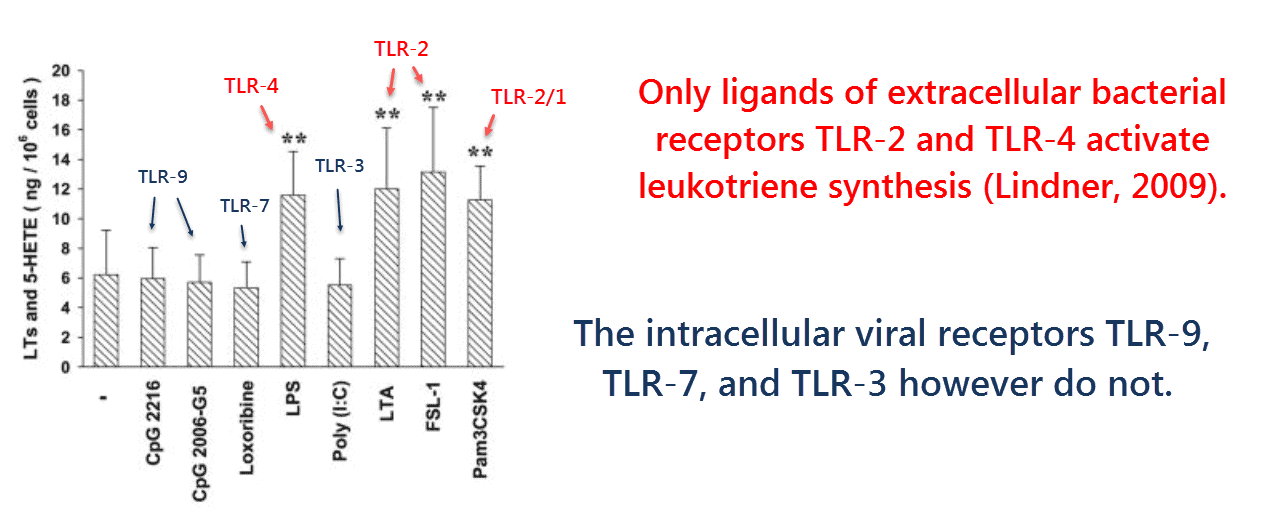
Men should avoid these foods to keep their immunities to the virus strong

—-Important Message—-
Use one of these new techniques to double your sexual energy in just 5 minutes
I’ve perfected a handful of stupidly simple techniques that take anywhere from 60 seconds to 1 single second…
- PC Technique: a simple strengthening exercise that takes seconds to do and the results are huge.
- Wave Technique: 2-second “clenching” technique” that suddenly makes you feel so turned on…practically humming with sexual energy, and ready to get erections at a moment’s notice.
- Advanced Edging Protocol: 3-minute method, which for many men, makes every single touch feel like orgasmic pleasure. It keeps you in a permanent hair-trigger state, so you’re constantly feeling pleasure, constantly feeling turned on…
And there’s more…much more…
And you can use all of these quick little activities…or you can use one of them…
…or you can mix it up and just use the ones you like the most!
Discover how to double your sexual energy in just 5 minutes using one or more of these techniques
———-
These foods can make the virus worse if you get it
Today’s newsletter is about the virus. We Don’t Name It to avoid the censors!
Certain respiratory viral infections can be fatal in some people, yet completely harmless in others.
This is well‑established observation that begs an answer.
In the pursuit of explaining this, some researchers have looked towards genetic polymorphisms.
While it has been shown that the severity of SARS is associated with genetic differences in a few immune proteins such as OAS1, MxA, and CD14…
There’s reason to believe nutrition also plays a role.
This is good news, because unlike genetics, nutrition is something we actually have control over.
A nutritional role in viral immunity is supported by vitamin D receptor polymorphisms also being found associated with the severity of respiratory infections of all kinds.
This includes tuberculosis, influenza, RSV, adenovirus, and rhinovirus (Alvarez, 2008).
In every case it’s been examined, the severity of respiratory diseases has always been found associated with the LOW activity VDR isoform(s).
This is something that can be easily overcome through vitamin D3 supplementation and/or sunlight.
While the associations between vitamin D3 and viral immunity are perhaps strong enough to fully explain most of enhanced susceptibility, which also has experimental support (Barlow, 2011)…
There’s also indication that fatty acids could play a role.
This is because certain fatty acids can be metabolized into powerful immune mediators called leukotrienes, the potency of which depends on its specific lipid precursor.
Leukotriene B4 happens to be one of the three known chemotactic factors for neutrophils, the others being FMLP and interleukin‑8.
Since neutrophils are the immune cell type most responsible for turning otherwise minor viral infections into fatal events, anything that recruits them into the lungs can be seen as inimical.
Leukotriene B4 can only be derived from arachidonic acid which, in turn, can only be derived from ω-6 linoleic acid.
The leukotrienes B3 and B5, on the other hand, are ultimately derived from oleic and α‑linolenic acids, respectively, which are of the ω-9 and ω-3 classes.

Since leukotrienes B3 and B5 are of lower potency at attracting neutrophils, the severity of pneumonia and respiratory distress syndrome could also be a function of certain dietary fatty acids.
“The lack of LTB could be responsible for the decreased leukocyte infiltration in essential fatty acid deficiency.” ―Jakschik, 1983
The idea that neutrophils are responsible for lung damage during viral infections, and not the viruses themselves, is supported by many findings.
First of all, they can always be histologically found at “the scene of the crime” in recently departed SARS patients (Hwang, 2005).
This damage occurs 4 to 7 days after infection, long after the virus had reached its peak levels and sometimes had become undetectable (Gralinski, 2015).
Compare this with the time‑frame of peak interleukin‑8, which is detected in the lungs 4 to 6 days after influenza infection (Hayden, 1998).
Interleukin‑8 has long been found in pneumatic lungs and is associated with disease severity (Chollet‑Martin, 1993).
Interleukin‑8 has also been found to correlate well with lung neutrophil count as expected (Lipshik, 1993), but not as strongly as leukotriene B4 (r = 0.82 vs 0.77).
Neutrophils cause lung damage in part because they synthesize and release elastase, an enzyme specifically known for degrading elastin — an extracellular protein.
The relevance of this cannot be understated.
The presence of elastin in bronchial fluid is the most specific test for pneumonia and is so noteworthy, in fact, that it was first reported over 150 years ago (van der Kolk, 1846).
Neutrophils also produce superoxide through NADPH+ oxidase and nitric oxide through iNOS, two small molecules also shown to contribute to lung damage.
Since both superoxide (O2•) and nitric oxide (NO•) have been shown to cause lung damage independently…
The molecule actually responsible could be their combination product peroxynitrite (ONOO−).

Peroxynitrite is a very damaging small molecule in itself, yet is also a precursor for prostaglandins.
It could be worth noting that prostaglandin D2 is a potent chemoattractant of eosinophils (Monneret, 2001), another lung‑damaging immune cell type consistently associated with asthma.
As in the case of leukotriene B5, the ω-3 series prostaglandin analogue — prostaglandin D3 — has far less ability to recruit eosinophils (Tull, 2009).
The reason behind the attenuated immune response to ω-3 fatty acids metabolites, as compared against those derived from ω-6 fatty acids, could be because they’re enriched in the brain.
For this reason, oxidized ω-3 fatty acid products could serve somewhat as a signal for immune cells to calm down.
“However, it is clear that LTB5 is at least 30 times less active than LTB4 in the in vitro tests (aggregation, degranulation, chemokinesis).” —Terano, 1985
Alternatively: since humans cannot synthesize ω-6 fatty acids, but helminths can (Jacobsen, 1967)…
The enhanced immunogenicity of leukotriene B4 and prostaglandin E2 could have evolved as a signal for parasitic infections.
This of course hinges on low consumption of ω-6 fatty acids during evolution, a not too unreasonable proposition considering the equatorial origins of our primate ancestors.
So it’s clear that avoiding ω-6 fatty acids SHOULD help reduce the airway hyperresponsiveness that can make mild infections fatal, but what about ω-9 fatty acids?
Omega-9 fatty acids are the only type of unsaturated fatty acids that the body can actually synthesize.
In the event of full‑blown “essential fatty acid deficiency,” Mead acid would essentially be the only 20‑carbon fatty acid that we’d have.
And in THAT condition you’d also expect neutrophils to stay relatively tame.
This is because leukotriene B3 is roughly tenfold less potent than leukotriene B4 within the physiological range (Evans, 1983).

Moreover, the fact that leukotriene B3 is only synthesized at 1⁄28 the rate as leukotriene B4 means that it’s really like 280‑times less potent (Jackshik, 1983).
This would of course mean nothing in a complete state of “fatty acid deficiency,” because there’d be no arachidonic acid to inhibit.
But in a more realistic partial “deficiency” it would make Mead acid all the better.
And also, ω-9 Mead acid cannot even form prostaglandins at all; it doesn’t have the correct placement of double bonds.
On the basis of these considerations, you’d expect less immune hyperresponsiveness during respiratory viral infections when ω-6 fatty acids are restricted.
The fact that many respiratory viruses really induce the production of leukotriene B is beyond doubt.
Elevated leukotriene levels have been detected in the breath of children with pneumonia (Carraro, 2008), and the mechanistic pathway has been all worked out.
Although details on the most recent virus strain are murky, it’s been shown that the related virus MHV activates toll‑like receptor‑2 (Jacques, 2008).
Porcine epidemic diarrhea virus also has been shown to activate TLR‑2 (Cao, 2015).
The same can be said of SARS, as the spike protein which will only produce cytokines in cells transfected with TLR‑2 (Dosch, 2009).
This is important because TLR‑2 has also been shown to stimulate the production of leukotrienes in cell studies (Lefebre, 2010), and more than once (Lindner, 2009).

You could thus expect leukotrienes to be released in the early stages of viral infection.
In the event of dietary ω-6 excess, leukotriene B4 would be produced and cause an amplified influx of lung neutrophils over normal.
This would further be exacerbated by the finding that the SARS virus has been shown to upregulate the leukotriene B receptor 323% in human immune cells (Reghunathan, 2005).
Now with three times the amount of LTB4 receptors on neutrophils, you might expect them to respond to threefold lower LTB4 concentrations.
This neutrophil response is made even more appropriate considering that TLR‑2 is specific to bacteria, not viruses, and that neutrophils aren’t even effective in this scenario.
The specific cell receptors with the purpose of detecting viruses occur WITHIN the cell, such as RIG‑1 and TLR‑3, and they bind to double‑stranded RNA.
These cell receptors activate STAT‑1, a transcription factor that upregulates enzymes that degrade viral RNA and inhibit its replication.
Most virus particles are inside of cells, and neutrophils can only mop up the few strays found in the extracellular space.
This is why STAT‑1 knockout mice are highly susceptible to SARS to the extent of virions appearing in their livers and spleens (Hogan, 2004)…
Yet mice lacking neutrophils are largely unaffected despite normal viral counts (Channappanavar, 2016).
“Despite massive inflammatory monocyte accumulation in SARS-CoV-infected lungs, the mechanisms by which these cells promote fatal disease remain unclear.” ―Channappanavar, 2016
So the viruses PEDV, MHV, and SARS have all been shown to activate toll‑like receptor‑2…
A cell membrane receptor best known to detect lipoteichoic acid of certain bacteria.
This inappropriate response is what underlies the pathology of all known c-type viruses, an event made all the worse by high tissue levels of ω-6 linoleic and arachidonic acids.
So whatever the animal type this novel strain of virus originated from at the Wuhan food market, the foods the patrons who’d acquired pneumonia brought home could be just as relevant.
Soybeans, pork, and sesame seed oil are all high in ω-6 fatty acids and are commonly consumed in China.
—-Important Message for Men Who Want to Survive the Virus—-
How to use cheap OTC remedies to boost your defenses to the virus (men only)
A new study shows men are getting far sicker and dying more often from the virus than women.

Men are a whopping 3 times more likely to be hospitalized if they get it.
And I think I know why…
Here’s what I recommend to men who want to boost their immunity to the virus naturally at home
———-
